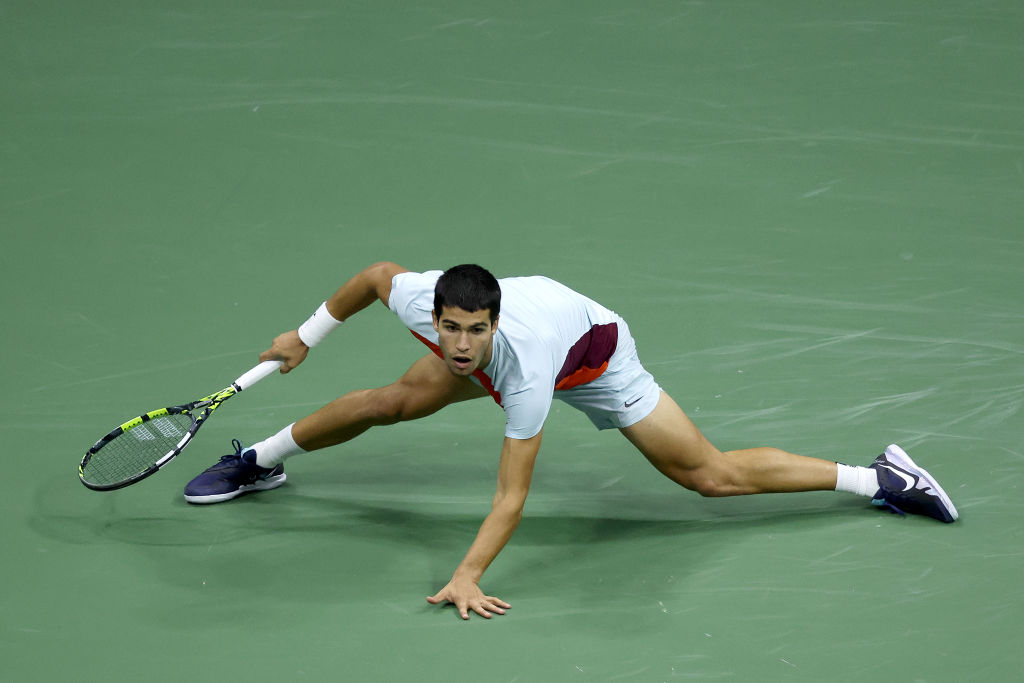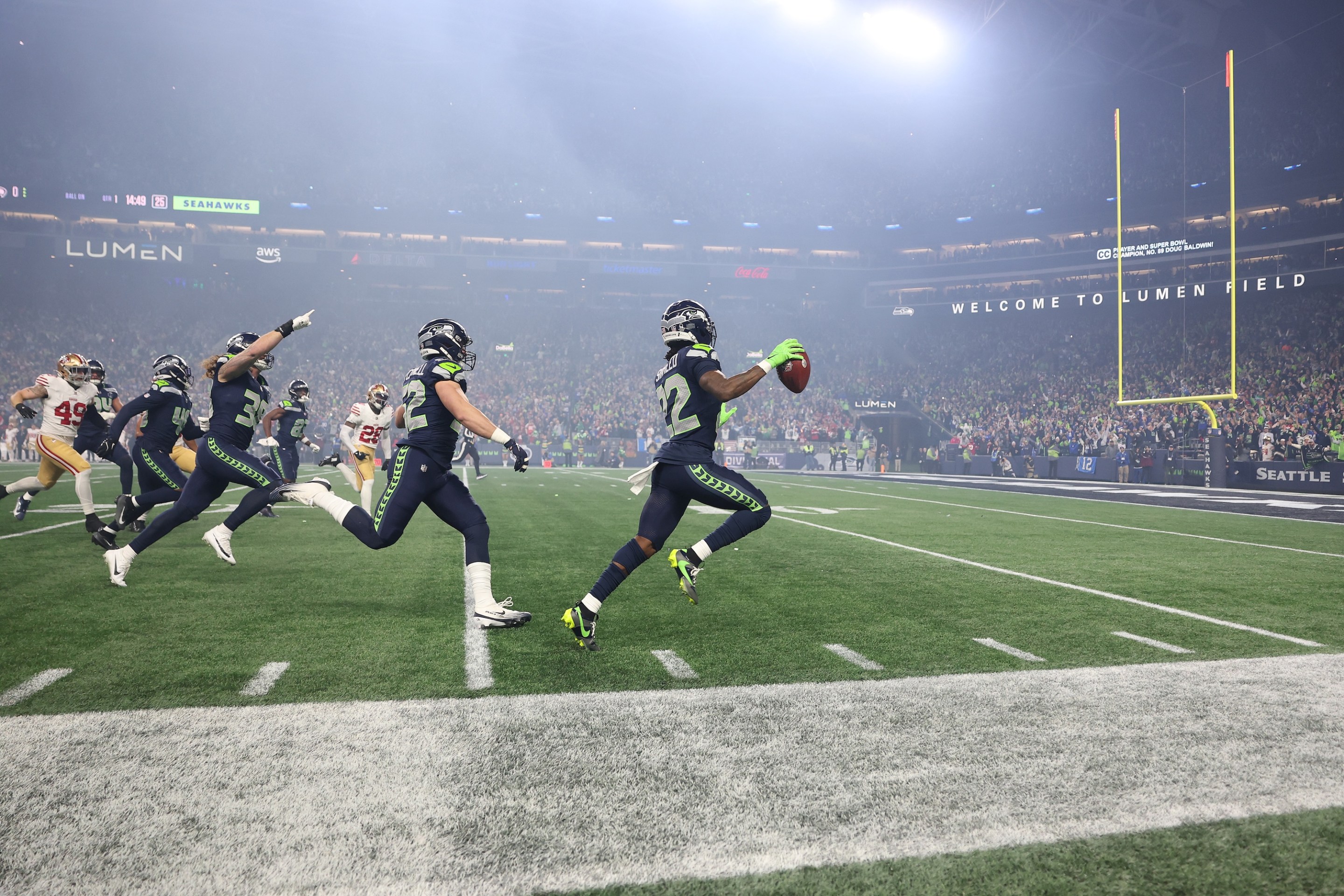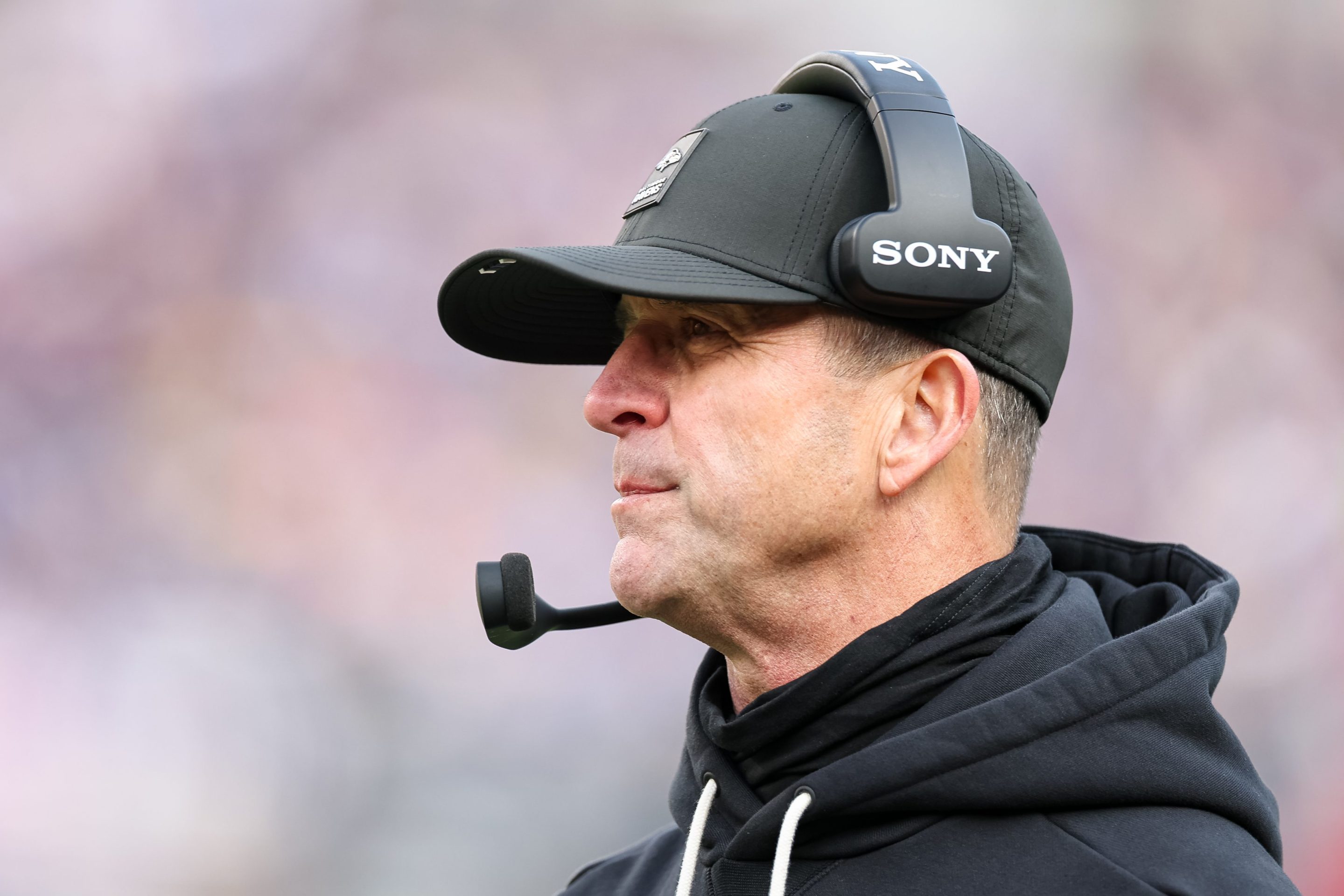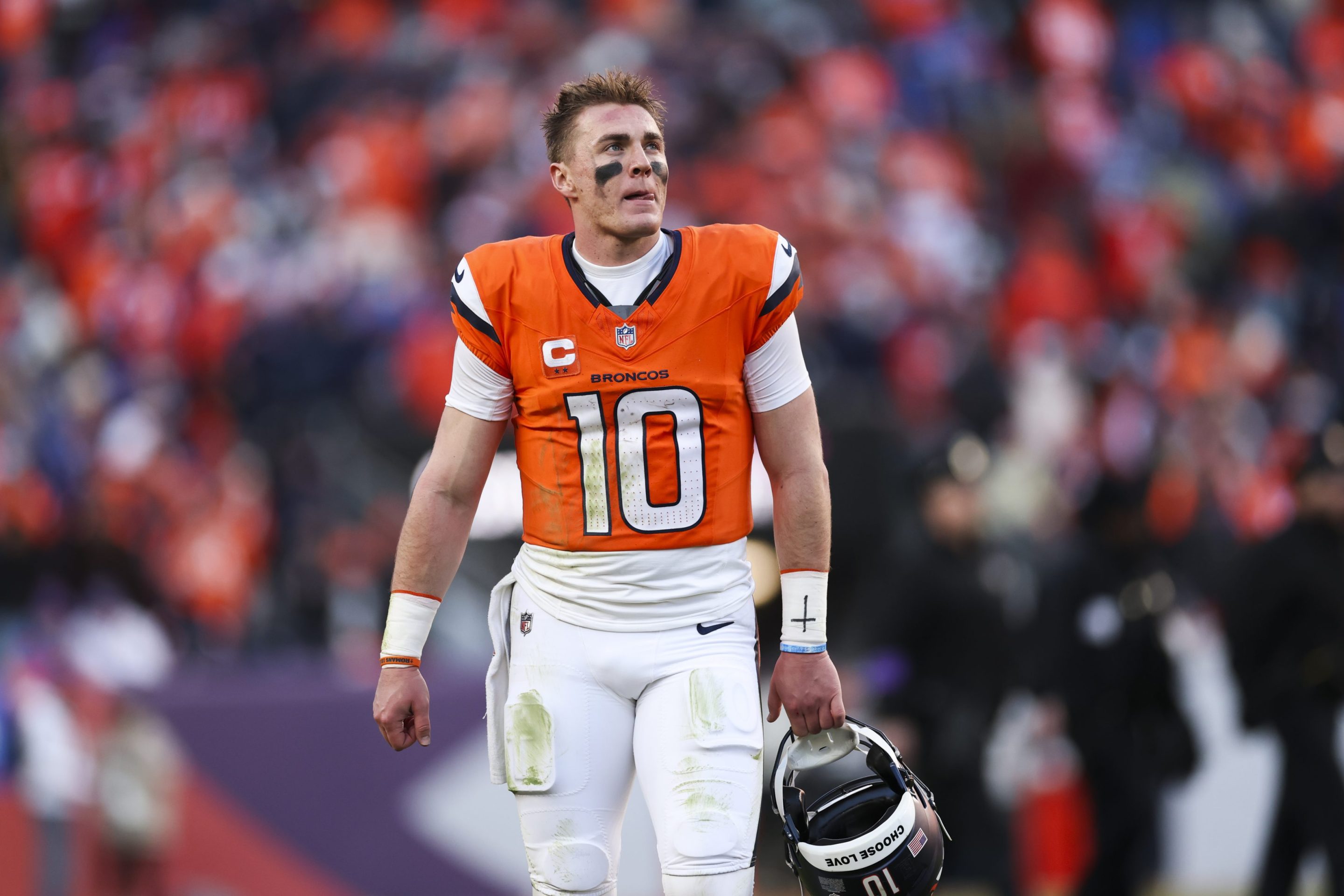If you see that big sharky grin from across the net anytime over the next two decades, it's probably a cue to pack up your rackets and hit the ice bath. “I came here just to enjoy, you know? To smile on court, to enjoy playing tennis,” said Carlos Alcaraz, with his first U.S. Open trophy in the bag. “I would say if I smile, if I have fun out there, I saw my best level, my best tennis.” Which is to say that smile is an omen of tennis that has no clear stylistic precedent and maybe no contemporary equal. That smile has been plastered all over these past two weeks. It was there in his early-round routs; it was there in his futurist epic against Jannik Sinner; it was there in his 6-4, 2-6, 7-6(1), 6-3 defeat of Casper Ruud in the final. It was there even after he succumbed to an 18-shot battering by Ruud and laid flat on his stomach, taking in the show as if he were spectator and performer at once. It’s only right that that the Spaniard has become the youngest ever to hold the world No. 1 ranking. To watch Carlos Alcaraz right now is to see a 19-year-old in the throes of pure prodigy, and joy just as pure. He’s just a little foosball man, a what-if transformed into right-now before the leaves even fell off the trees. And as tempting as it is to gaze ahead it'd be wrong not to linger on what just happened.
The good news, for any fan hoping to relish the present, is that he gave the world 23 hours and 40 minutes of tennis to pore over in this fortnight. That’s the longest that any player has ever spent on court during any major on record. In the first round Alcaraz absorbed an acrobatic set of Sebastian Baez’s best, before a leg injury slowed and eventually retired his foe. Then he sped straight-sets through Federico Coria and Jenson Brooksby in rounds two and three, burping a few times en route but mostly keeping it together. It was in the second week that the labors began in earnest. He toiled against big-serving Marin Cilic (down a break in the fifth set), against rival Sinner (down match point in the fourth set, and a break in the fifth set), against breakout Frances Tiafoe (five sets again). Twice he clocked out past 2:00 a.m. He’ll have cleaner major title runs, no doubt, but his first one was all the more engaging for its stumbles. I wonder if some masochistic part of Carlitos lamented not going five sets with Ruud just to round out the pattern of his hellish second week. After he had won, he was asked if he was beat. “A little bit,” he said. “It’s not time to be tired.”
While far from Alcaraz’s best, this final was a study in stamina and tactical savvy. Questions hung around the 23-year-old Ruud, who by a fluke of the draw never had to beat a top-10 player to get to this June’s French Open final or this U.S. Open final, but once confronted with the best player in the world Ruud made clear he would not beat himself. His tools are consistency, court coverage, and uber-topspin, like a more powerful upgrade on the last generation’s David Ferrer. And he must have detected some vulnerability of Alcaraz on Sunday, how those groundstrokes lacked their typical sting. In several instances Ruud chose to be the decisive actor, severing long cross-court exchanges with a bullet down the line. He noticed how willing Alcaraz was to run around his backhand—he went a good stretch without hitting a solid drive on that wing—and kept shoving him further into the ad corner, daring his young opponent to take a bigger risk. For much of the match Ruud looked like the stronger baseline player, and in another timeline that might've carried him all the way to the trophy and the No. 1 spot.
But Carlos was thinking, too. As he said in press later, he had grown "nervous" about Ruud’s sturdiness from the back of the court, so he chose to try his luck at the net. Fortunately for him he has a habit of doing eerie things up there. At the crux of the match, late in the third set, he saw that Ruud’s deep return position made him vulnerable to the serve-and-volley, so he charged ahead again and again. (The idea is that the ball will take longer to travel back, affording the server extra time to run up and secure good position to pluck it out of the air.) Facing set point in the third, Alcaraz served, stepped into a big forehand, and again leapt to the net, cutting off a would-be passing shot with a cruelly angled volley. A few more good decisions got him to a third-set tiebreak, where Ruud's consistency crumbled. Then in the fourth set, the Alcaraz serve began spewing aces, sparing his legs the extra work.
That’s the thing about Alcaraz—there are so many possible versions of him that in best-of-five an opponent will inevitably have to beat several. From the top of the season, it was baffling how many discrete parts of tennis he executes at or near a tour-best level, how they cohere into this chimera of ruin. He has the speed, the flexibility, the pop, the craft, the touch, the head. My mistake was trying to fit him into my general schema for understanding tennis players: as human beings whose technical and physical specs grant some gifts and take others off the table. Big servers tend to be too ungainly to return nimbly. The lightest and fastest players often lack punch. The slow-surface specialists panic when the bounces speed up. But none of these trade-offs apply to Carlitos. He can simply have it all ways. This is perhaps why he evokes that sense of impossibility more than any player in recent memory, because he combines so many of these traits that don't belong together in the span of a single psychedelic point. He shouldn’t be able to move his legs that fast while keeping his hands that quiet to sneak lobs an inch inside the baseline. He shouldn’t be able to contort his torso and racquet arm to scoop up a ball bouncing behind him, while in mid-air, having nearly sprinted past it. But he does all this and more. The coordination level is extraterrestrial.
Photo of the Day
— Christopher Clarey 🇺🇸 🇫🇷 🇪🇸 (@christophclarey) September 11, 2022
Body control#getty pic.twitter.com/0LJCW9hsfJ
We're meant to understand that this is a work in progress. Juan Carlos Ferrero, his coach and a former No. 1 himself, knows the magnitude of talent on his hands, and after the win said he thinks Carlitos is only at “60 percent of his game.” What looked like an abrupt eruption from the outside might have looked more like a steady progression to his team. “When he arrived to academy when he was 15, he was like a spaghetti, very thin,” Ferrero said. Compare photos from the last U.S. Open to this one and it’s like someone lumped mounds of clay onto all his limbs, so whatever they’re doing is working. Throughout this week, one delightful subplot has been face-reading Ferrero, who alternately looked like he’d explode from paternal pride or from digestive unrest depending on the scoreboard. He knows this pressure firsthand. In 2003, he gutted through three five-set matches to make the U.S. Open final, only to lose; this time he saw the task through. Alcaraz reciprocated the love: “Juan Carlos is my second father. He could train a lot of top players but he decides to be with me.” This is humility wending into outright dishonesty. The coach is the lucky one to have been picked by this kid. Even the sport of tennis is lucky he picked it, when his highlights leave you wondering what he might’ve done as a striker or point guard or wide receiver. Having seen his lobs at a dead sprint, could you imagine his feel with a golf club if actually got to do his job standing still?
Because I love tennis I'm happy it’s the path he chose, and happy that this title run will leave me with one indestructible memory. It was late in the first set of his semifinal against Tiafoe. The match already had the smell of war. Alcaraz walked forward to hit a drop shot, scooted back to collect the redrop, sprinted forward to grab the next drop volley, and ran back the full diagonal of the court to skid into this disgusting forehand pass against his momentum:
CARLOS ALCARAZ IS A HUMAN HIGHLIGHT REEL pic.twitter.com/2ySEIlloEp
— US Open Tennis (@usopen) September 10, 2022
He raised his chin to the crowd in defiance. The crowd raised every limb it had available. There were sounds unlike any I've heard in public. I will confess that my brain mashed every button on the control panel, that I stood up and clamped my hands against my skull and felt simultaneous urges to gasp, laugh, and cry, arriving at something like the average of the three. I even felt an esoteric urge to leave the stadium right then and there. But of course Alcaraz was still in the middle of this quest, the kind that screamed out to be witnessed. It already feels unfeasible to chronicle the entirety of an all-time-great career, to find new ways to describe it, and I fear I may be reduced to pictographs and grunts sooner rather than later. But for now I will enjoy the show. How couldn't you? He clearly is.






